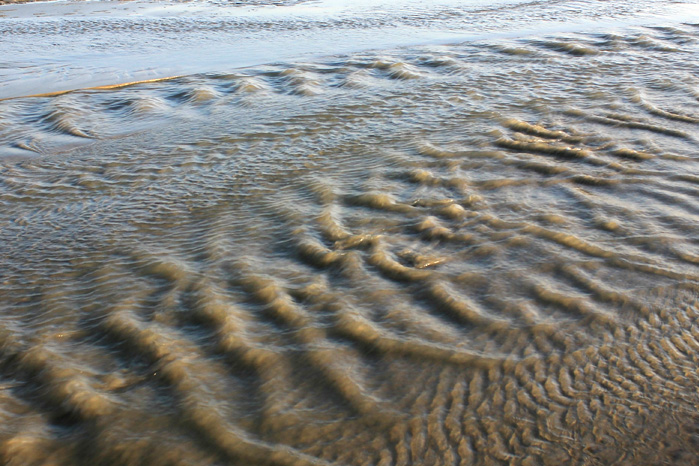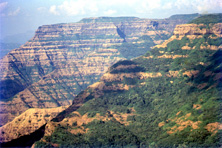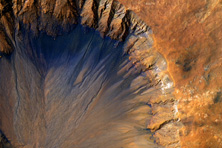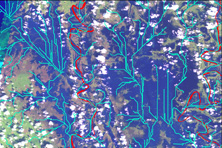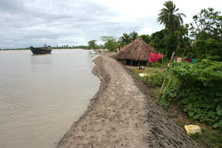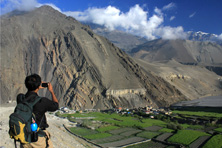Indian Institute of Geomorphologists (IGI) is the national platform exclusively dedicated to the research and development in the field of geomorphology in India. The idea of forming the Indian Institute of Geomorphologists (IGI) was seeded at the International Conference of Geomorphology and Environment held at the University of Allahabad in 1987.
Now affiliated to the International Association of Geomorphologists, the primary objectives of the IGI are: • to bring all Indian earth scientists dealing with geomorphology and allied disciplines on a common platform; • to hold annual conferences in different parts of the country; • to publish a research journal; • to encourage young scholars in doing research in geomorphology; and • to give emphasis on researches related to human society and its welfare viz. environmental geomorphology, urban geomorphology, environmental hazards and their management on different spatial and temporal scales.
JOURNAL OF INDIAN GEOMORPHOLOGY is the UGC-CARE listed annual publication of Indian Institute of Geomorphologists (Subject Group: Earth and Planetary Sciences).

Geomorphology is the area of study leading to an understanding of and appreciation for landforms and landscapes of all scales, including those on continents and islands, those beneath the oceans, lakes, rivers, glaciers and other water bodies, as well as those on the terrestrial planets and moons of the solar system. Geomorphologists frequently profess to innate aesthetic appreciation for the complex diversity of Earth-surface forms, and, in this regard, a fitting definition of geomorphology is simply ‘the science of scenery’. Originally evolved as a sub-discipline of Geography, Geomorphology has now emerged as an important part of Earth Sciences that significantly contributes to the understanding and management of a large number of environmental issues. Geographers, land use specialists, geologists, hydrologists, engineers, oceanographers, environmental scientists, ecologists and archaeologists are increasingly using geomorphological concepts and techniques to address them.
RELEVANCE IN INDIA: With its mountains, plateaus, deserts, floodplains, wetlands and deltas, India possesses great geomorphological diversity. India is also the second most populated country of the world. In order to supply food and shelter to its inhabitants, pressure on its land is increasing continuously. This, coupled with human-induced global climate change, is accelerating and altering the existing geomorphic processes, and is leading to increase in the frequency and magnitude of geomorphic hazards — flood, drought, desertification, salinisation, siltation, coastal and riverbank erosion, landslide, shrinking glaciers, rising sea level, depleting groundwater, etc. Geomorphologists have a special role to play in addressing, managing, and where possible, reversing these trends. Some of the major and emerging subject areas of Geomorphology are as follows.
